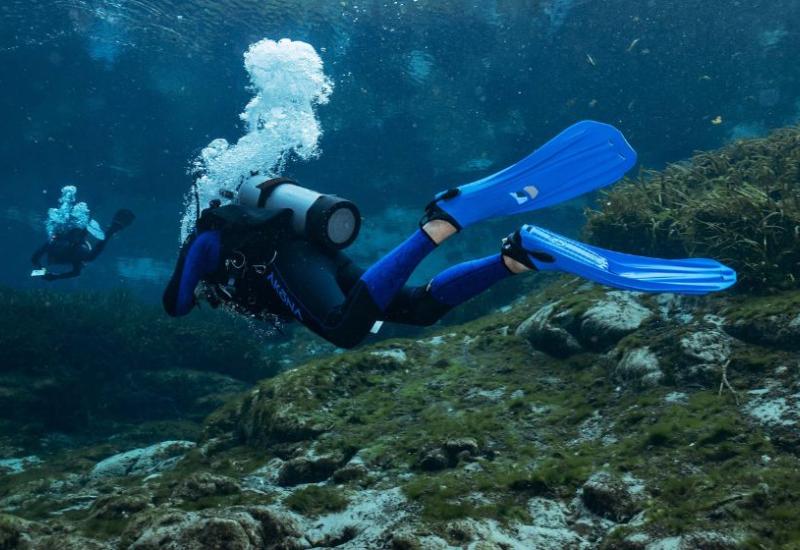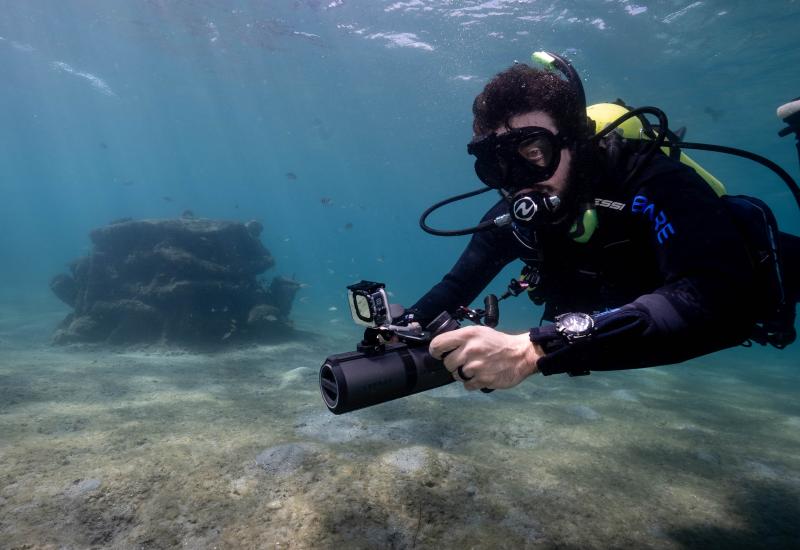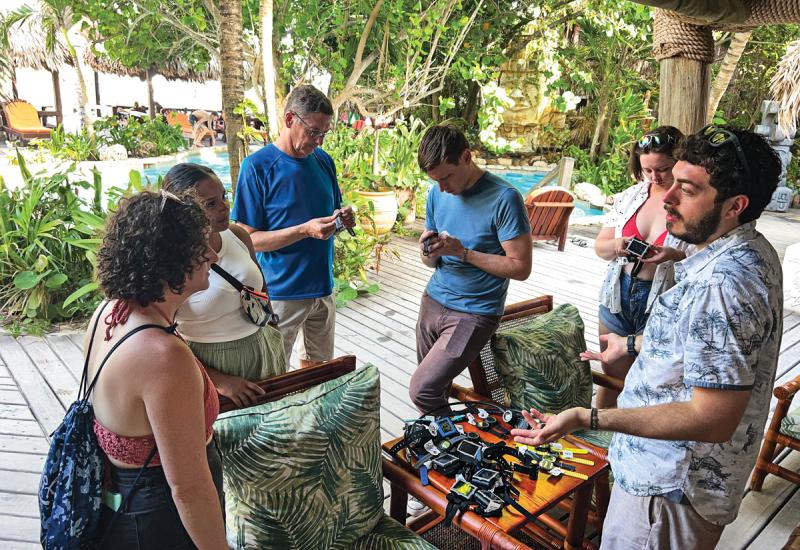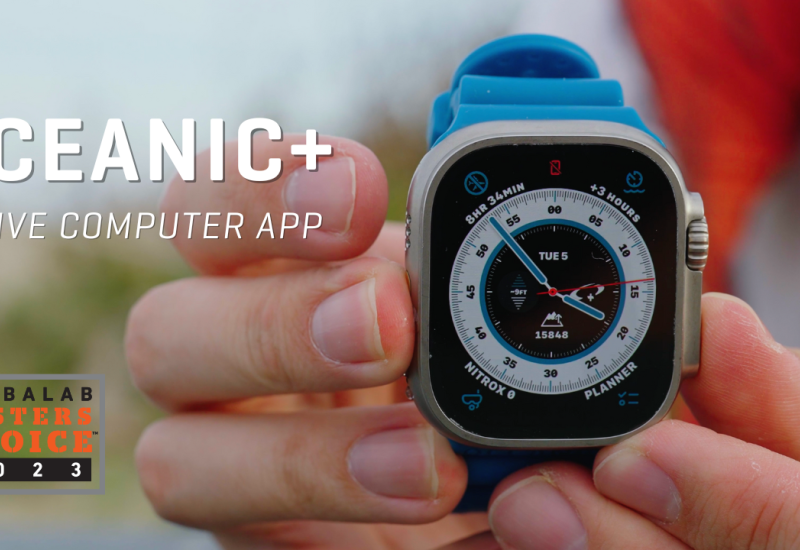The Best Underwater Cameras
ScubaLab’s 2018 underwater camera review includes features, pricing and info on four of the best compact underwater cameras. We also reviewed some of the best underwater camera housings for more advanced underwater photographers. You can see that full review here.
Here are the compact underwater cameras in ScubaLab’s 2018 review:
2018 Underwater Camera Review
- GoPro HERO6
- Olympus Tough TG-5
- SeaLife DC2000
- Sony RX100 V
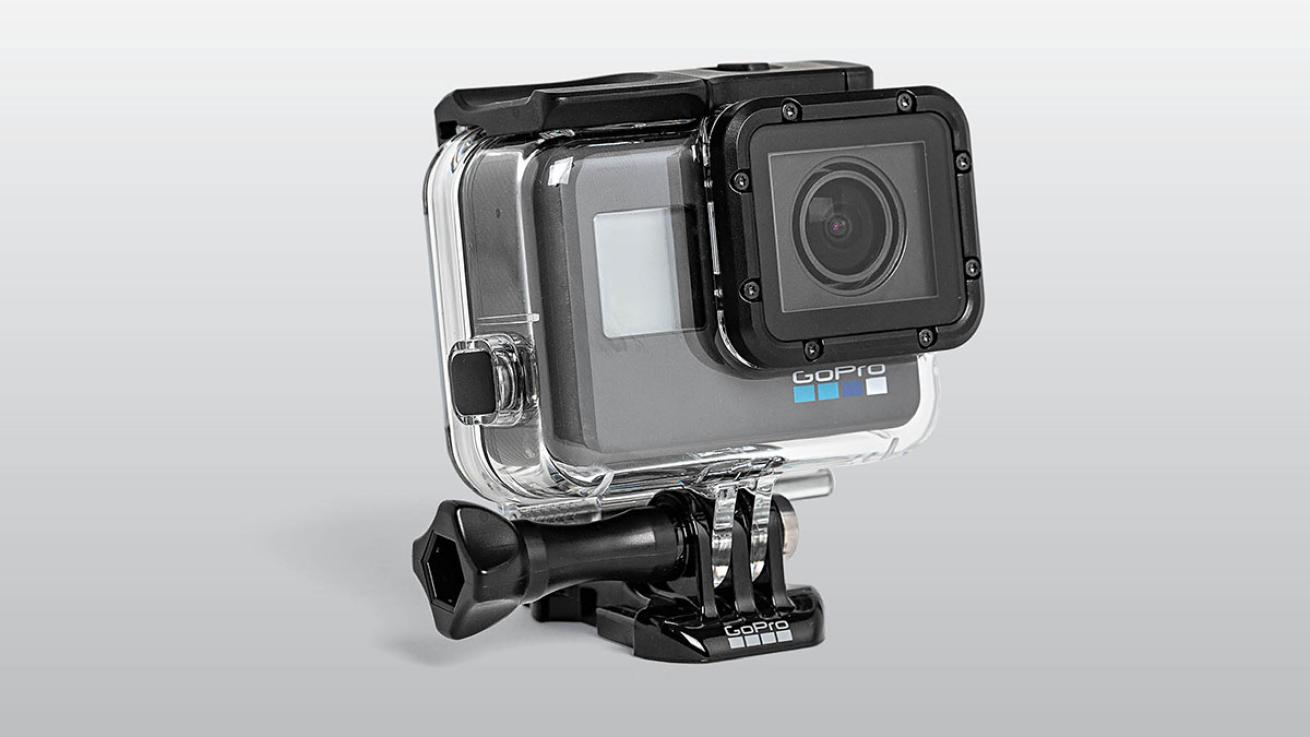
Brent DurandPrice $399.99 camera; $49.99 Super Suit housing; GoPro
GoPro HERO6
GoPro needs no introduction, yet each camera packs slightly different features. The Hero6 has a built-in LCD screen to help with composition and menu navigation. It excels in the video department with smooth image stabilization, custom color formats and customizable fields of view. Fast frame rates record 4K at up to 60 fps and 1080p at up to 240 fps for super-smooth slow motion. Autofocus area is selected automatically, but the wide lens ensures subjects more than 12 inches away are always in focus. Third-party wet lenses are available for divers interested in shooting macro. The Hero6 has taken big strides in still-photo capability. The tiny camera body doesn’t have space for a flash, but the 12 MP sensor can deliver big results, especially when shooting in RAW format.
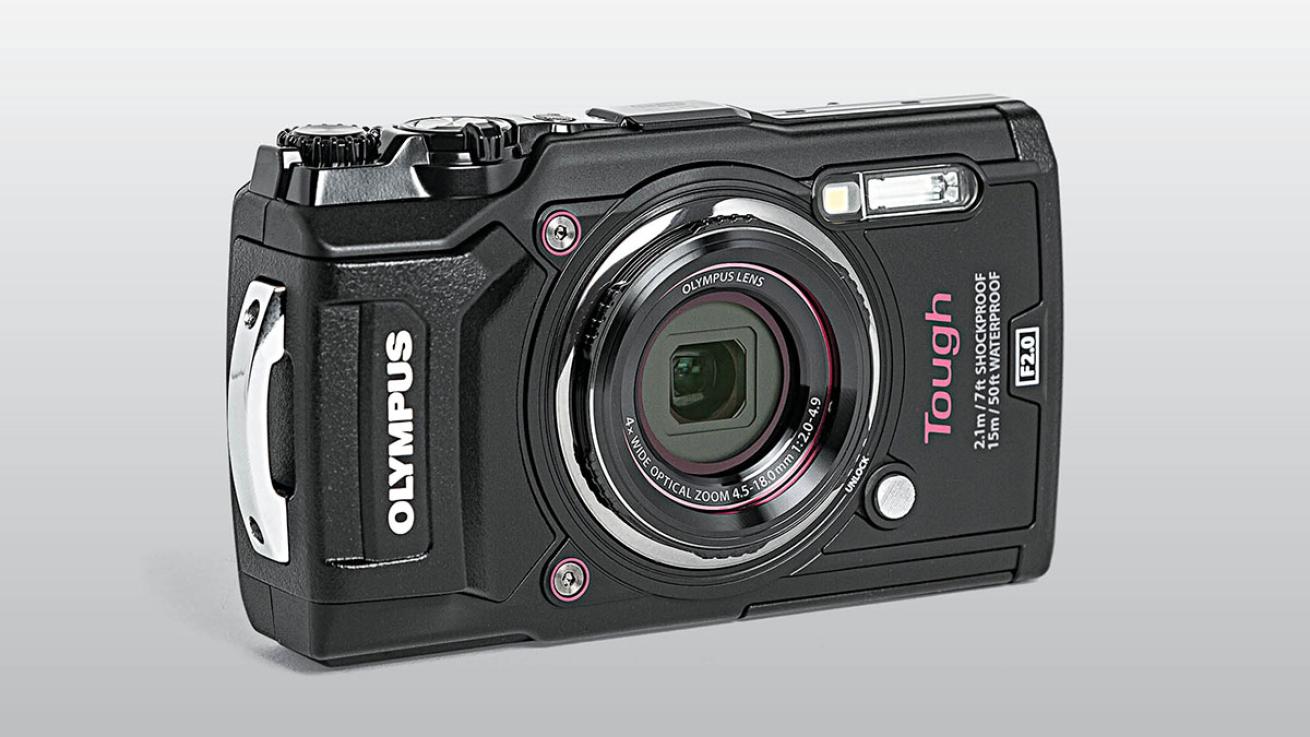
Brent DurandPrice $449.99 camera; $299.99 PT-058 housing; Olympus
Olympus Tough TG-5
This 12 MP camera is waterproof to 50 feet, freeze-proof, shockproof and dustproof. Spec highlights include RAW image capture, 4K and 1080p/60 fps video, high-speed movie mode (1080p/120 fps), image stabilization, and 20 fps burst shooting. Shooting modes are limited to full Auto, Program or Aperture control, and there are four dedicated underwater shooting modes. Autofocus area can be manually selected, aiding precise focus without the need to recompose. The TG-5 is best known for its Microscope Mode, which allows you to capture intricately detailed macro images at close-focus distances. We recommend using the PT-058 housing, which allows use of underwater wet lenses for macro and wide-angle shooting.
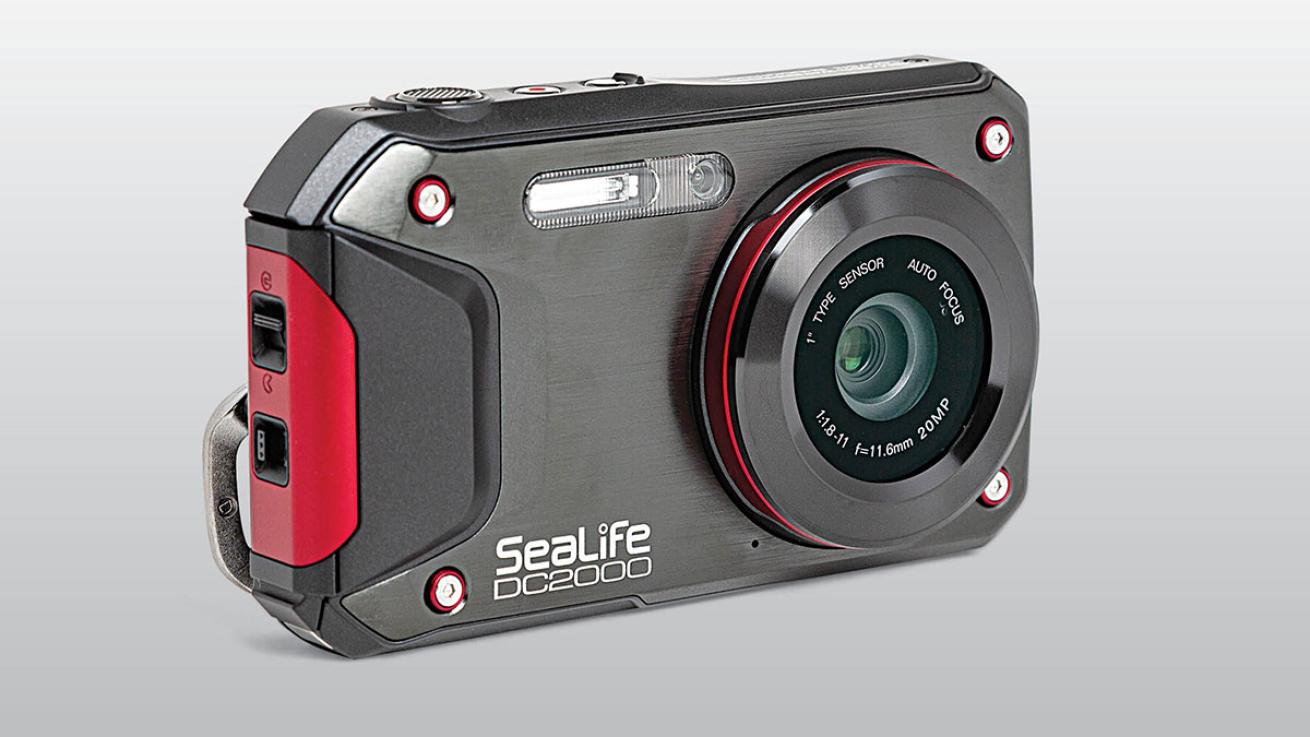
Brent DurandPrice $699.95 (includes housing); SeaLife
SeaLife DC2000
The DC2000 is a very compact and user-friendly system packing a Sony 20 MP 1-inch sensor. Optional manual-settings control and RAW format deliver creative and post-processing freedom. Video records a resolution up to 1080p at 60 fps and includes stabilization for smooth video capture. Underwater scene modes help deliver accurate white balance, and are available for ambient (shallow and deep) and artificial light (strobe or video light). Autofocus area can be set to center or automatically determined by the camera. The non-intimidating piano-key controls are easy to operate while underwater. The system mounts on a Flex-Connect tray and can be paired with a number of different wet lenses and accessories.
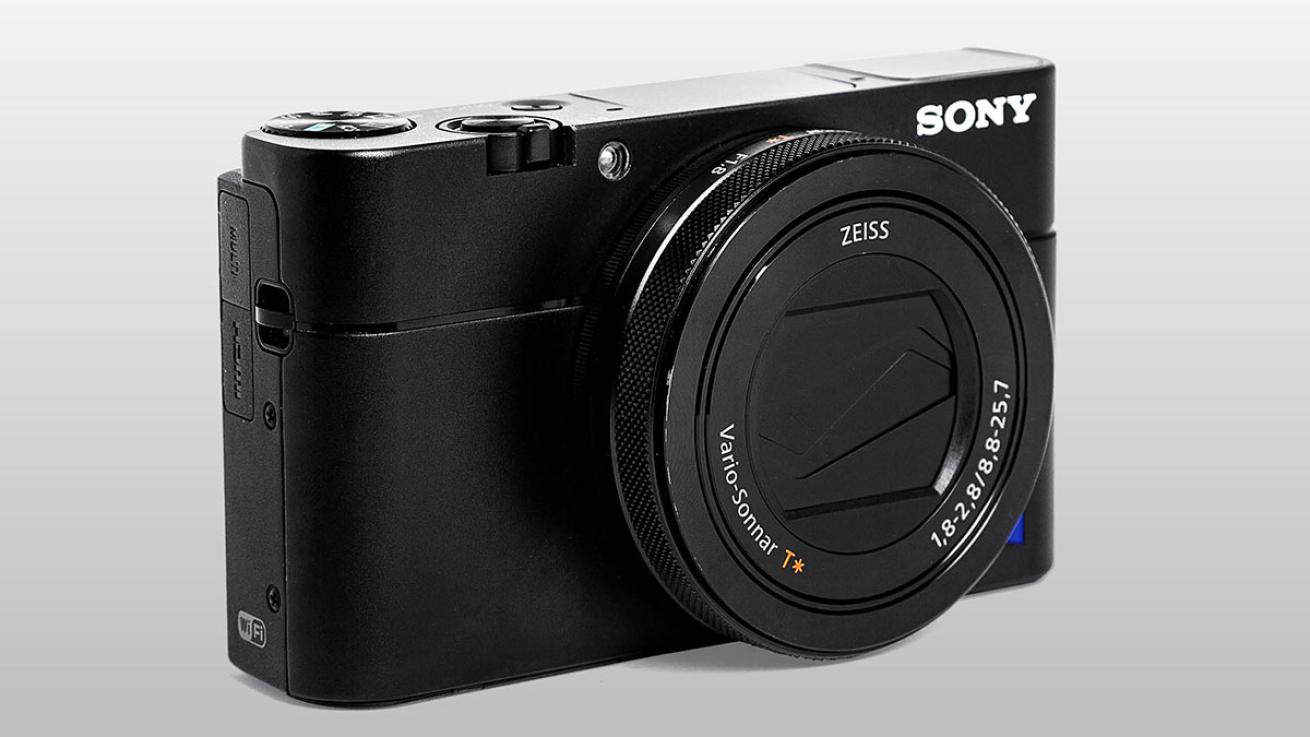
Brent DurandPrice $899.99 (housing sold separately); Sony
Sony RX100 V
Sony’s RX100 camera series has proved incredibly popular with underwater photographers, and the RX100 V is no exception. The 20 MP 1-inch sensor and fast f/1.8-2.8 Zeiss lens deliver stunning image quality. Full manual control and RAW image capture allow creative control. Autofocus is extremely fast and accurate thanks to a hybrid phase and contrast-detection system. AF coverage is spread between 315 different points. The RX100 V shoots 4K video at high quality (AVCHD, oversampling, no pixel binning) as well as 1080p at up to 120 fps. This is different from the High Frame Rate Mode (up to 960 fps), offering more slow-motion customization. Several manufacturers offer housings for the RX100 V.
BUYING AN UNDERWATER CAMERA
Selecting an underwater-camera-and-housing setup is a personalized process that’s different for every photographer. Budget is the primary concern for many divers, but after that, the decision comes down to a variety of personal choices.
The first thing to consider is how committed you plan to be to the hobby because different systems cater to different levels of photography. Camera-sensor size has different implications in macro versus wide-angle. Avid travelers might prioritize size and weight or even topside lenses in their decision. Other divers might focus on video instead of stills. Some housings are so similar that the control layout and ergonomics will often become the differentiating factor.
Be sure to spend some time discussing camera and housing choices with an experienced retailer to ensure you get the right system.
Are you a new diver? We'll show you all the scuba gear you're going to need: Your First Set of Scuba Gear: A Buyer's Guide.

